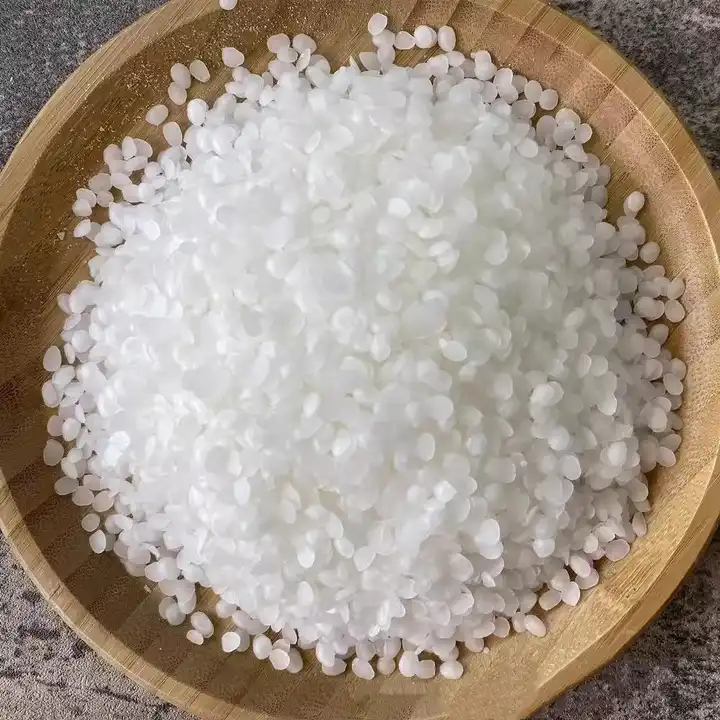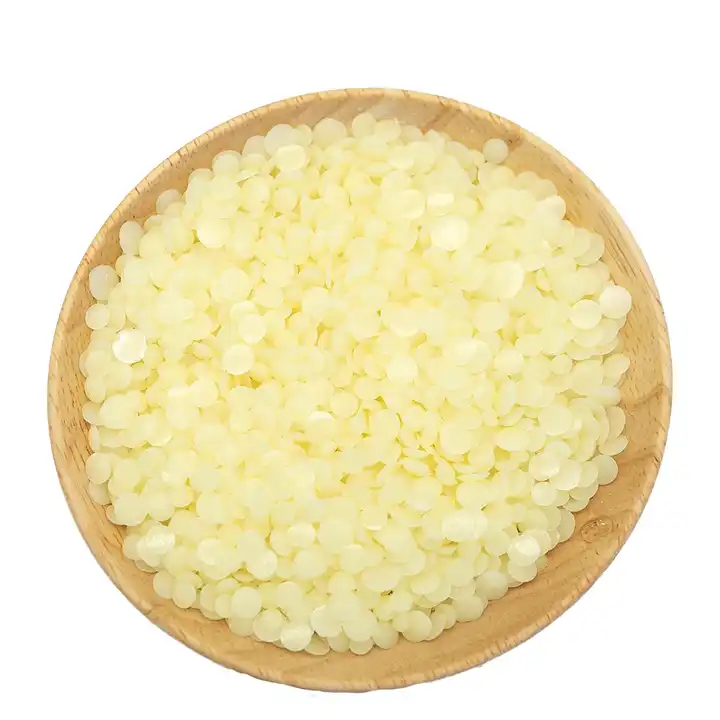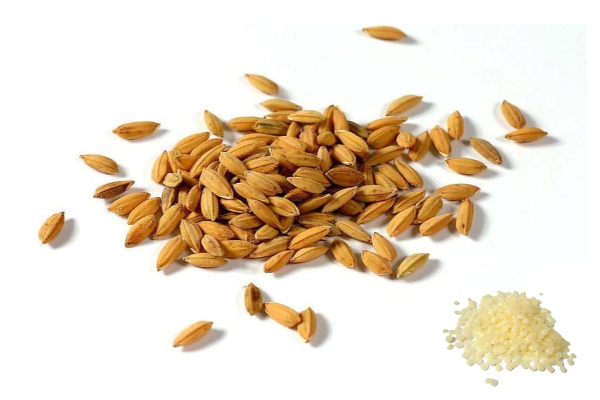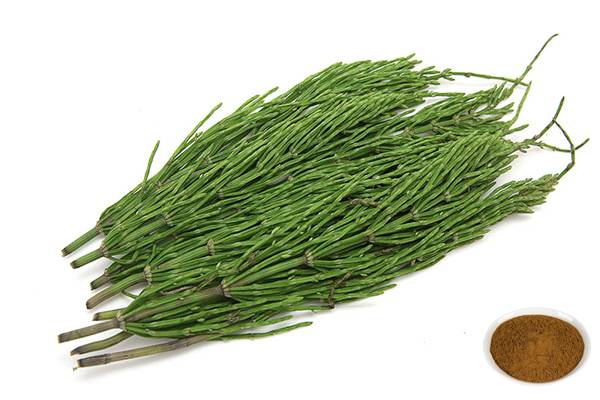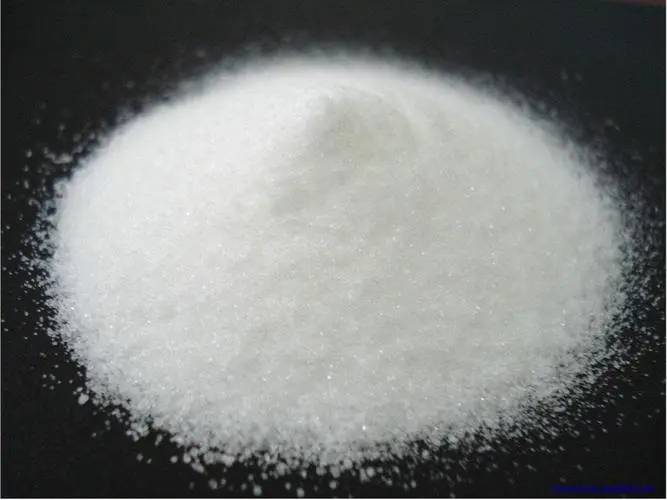Cire de son de riz raffiné de qualité alimentaire
Sources végétales: son de riz
CAS nr.:8016-60-2
Valeur acide :≤12
Point de fusion :77-82°C
Analyse :95%
Méthode d’essai: GC
Apparence: particules de feuille jaune clair
Résidu de Pesticide: conforme à la norme (ce) No 396/2005
- Description Description
- Fiche technique
- Certificat de formation
-
Qu’est-ce que la cire de son de riz raffinée?
Rice bran wax is the by-product obtained by refining edible rice bran oil and then purifying the wax oil, which is generally light yellow solid. Rice bran wax is the ester formed by the advanced fatty acid and the advanced fatty alcohol in rice bran oil, which also includes some advanced free fatty acid, these waxes exist in the oil, and fat when cooling to a certain temperature will crystallize and precipitate, make the oil turbid, affect the quality and appearance of the oil. Meanwhile, bran wax is chemically stable, generally not easy to hydrolyze, and not easy to digest.
Cire de son de riz après hydrolyse de saponification, extraction au solvant de cire de son de riz raffiné, son poids moléculaire moyen de 600 ~ 900, contenant 55% ~ 60% des alcools gras principaux et 40% ~ 45% des acides gras principaux et des esters d’acides gras, qui contient des alcools gras pour la chaîne de carbone > structure ortho saturée 22C d’un méta-alcool, est la même série d’une variété d’alcools gras à longue chaîne de mélanges.
La cire de son de riz raffinée est une sorte de cire de plante naturelle pure. L’huile de son de riz naturel contient environ 3% de cire de son de riz, et après des étapes de raffinage telles que le déshuilage, le dégommage, l’élimination des impuretés et la décoloration, la cire de son de riz avec une plus grande pureté est obtenue. Les produits raffinés de cire de son de riz ont des propriétés similaires et sont utilisés dans une certaine mesure avec les cires naturelles telles que la cire de carnauba, la cire de candelilla et la cire d’abeille. La cire de son de riz raffinée a une grande pureté et stabilité, et a un large éventail d’applications dans la transformation des aliments et le traitement chimique quotidien ainsi que dans la production chimique.
Green Spring Technology supplies refined rice bran wax with superior acid value and melting point, it does not use any chemical oxidizing raw materials to whiten in the production process, it is purely physical decoloration of the special process of exquisite, maintains the natural nature, superior quality.
Since its establishment in 2000, Green Spring Technology has been committed to providing our customers with natural, safe, and organic plant extracts. All of the products we offer are manufactured to the highest international industry standards, complying with EU EC396, EU 2023/915, and the highest solvent residue standards. Green Spring strictly implements a quality management system and organizes production according to ISO, HACCP, and other quality standards. We have passed Halal, Kosher, COSMOS, BRC, IFS, FDA, ISO, and many other certifications.
Spécification:
Nom du produit
Cire de son de riz raffiné
Nom Latin
Oryza Sativa
CAS non.
Numéro de téléphone: 8016-60-2
Source:
Son de riz
Valeur acide
≤12
Point de fusion
77-82°C
analyse
95% des personnes interrogées
Méthode d’essai
C/c
apparence
Particules de feuille jaune clair
Résidus de pesticides
Conforme à la norme (ce) n ° 396/2005
Règlements:
Il est conforme à la réglementation de l’ue.
Vous cherchez un devis?Benefits:
Melting Point
The melting point of refined rice bran wax is 75-80℃, which is higher than beeswax, paraffin wax, and paraffin wax, and only inferior to Sichuan wax, Brazilian carnauba wax, montan wax, and small candle tree wax.
The Rising Power of Melting Point
The rising power of the melting point of rice bran wax is greater than that of low melting point waxes such as beeswax, paraffin wax, and paraffin wax, and slightly lower than that of Kawasaki wax and Brazilian carnauba wax.
Glossiness
Rice bran wax has a very good gloss, 1.2-1.5 times that of Brazilian carnauba wax and beeswax. The more refined the wax, the higher the gloss.
Solvent Absorption
The solvent absorption of Rice Bran Wax is between that of Szechuan Wax, Brazilian Carnauba Wax, Beeswax, and Ground Wax.
Solvent Retention Rate
The solvent retention of rice bran wax is similar to that of Kawasaki wax and Brazilian carnauba wax.
Emulsifying Properties
Rice bran wax can be emulsified to form stable emulsions. High melting point rice bran wax when made into oil-in-water emulsifiers, the emulsifier is required to have a pro-abhorrent balance value of HLB 6-7; low melting point wax is 8-9.
Specific Gravity
The specific gravity of rice bran wax is smaller than that of water, higher than that of soft waxes such as beeswax, and slightly lower than that of hard waxes such as Kawasaki wax and Brazilian carnauba wax. The specific gravity of rice bran wax is 0.97 at room temperature; and 0.78 at 100℃ in liquid state.
Applications:
In Cosmetics:
Rice bran wax has good film-forming properties, it can be used as a skin conditioner in skin care products, forming a film on the surface of the skin to prevent water evaporation. Rice bran wax can also be used as a thickening agent in emulsion, cream, and other products to improve the consistency of the formula, but does not produce a sticky feeling; In addition, rice bran wax can be used in sunscreen products to improve the SPF value, enhance the skin's ability to resist ultraviolet rays, prevent skin sunburn. ability and prevent sunburn of the skin.
Fiber Manufacturing:
Adding rice bran wax can improve the flexibility, smoothness, and gloss of fiber products, and can produce better quality fiber products. In addition, rice bran wax can also be used as a stabilizer or lubricant, as well as an excellent heat-resistant thickener in petroleum and lubricants.
In the Food Field:
Rice bran wax is used in the preservation of vegetables and fruits, food packaging, and as an adjunct to confectionery such as flavored candies. The U.S. Food and Drug Administration permits the direct addition of rice bran wax to food products, and it is also included on the list of indirect food additives that can be used as mold release agents.
In the Industrial Field:
Rice bran wax can also be used in floor wax, automobile wax, polish wax for leather and furniture, etc.; and as raw material for printing material, ink, pigment, copy paper, glossy paper, photo paper, etc.
Learn More About Rice Bran Wax:
Rice Bran Wax Uses
Rice Bran Wax Composition
How to Make Rice Bran Wax
Oryza Sativa Rice Bran Wax
Rice Bran Wax Manufacturing Process
-
Télécharger le document
Cire de son de riz raffiné COA
-
Télécharger le document
Cosmos 2023
Télécharger le documentHalal 2023
Télécharger le documentCasher 2023


 Anglais
Anglais français
français espagnol
espagnol russe
russe coréen
coréen japonais
japonais



